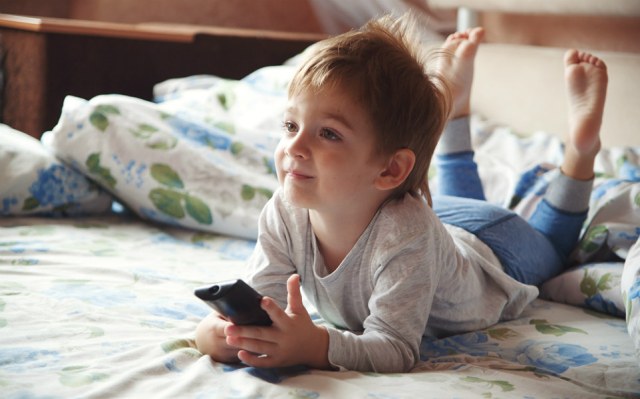Weekends are made for sleeping late, eating cereal and watching cartoons. If you’re concerned about your child being glued to the television watching cartoons, don’t be. Of course, your child needs to get adequate exercise and activity. But a little “down time” watching television is okay in moderation. In fact, watching cartoons, in particular, can actually offer your child some pretty amazing benefits. Who knew? Read on to find out what they are.
Cartoons can teach them about teamwork.
Teamwork makes the dream work! Teaching your children what it’s like to be part of a team is an important part of their upbringing. It’s one of the reasons why we sign our children up for sports. It teaches them a lot about sacrifice, selflessness and working together toward a common goal. Many cartoons are based on a group of friends with a common problem who are seeking a common solution.
Cartoons can teach them about kindness.
Cartoons are full of inspirational lessons that teach children how to be kind to one another. Kids are inherently honest and though we encourage this, their honesty can sometimes be hurtful. They may not realize that commenting on a child’s appearance or skill level in a negative manner can hurt their feelings.
Cartoons can teach them about inclusion.
We can all likely relate to those social cliques that are created in school. They happen at various times and at different degrees but the one common denominator about these social cliques share is that they thrive on exclusion. It’s natural for certain children to be drawn to one another. If they are in the same class, live in the same neighborhood or play on the same sports team, they will likely flock to one another. And that’s okay. Your child should be able to choose their friends. However, it’s also important not to specifically exclude someone from the group who is interested in playing or participating. It doesn’t mean that your child has to include other children every single time but it would be nice for them to allow other kids to enter their little circle of friends.
Cartoons can offer kids strategies and lessons on how to include everyone to varying degrees. Perhaps the cartoon character agrees to play one group game before breaking off for some alone time with their specific friends. This is a great balance and your child may even learn the right phrases and words to say in order to practice inclusion.
Cartoons can teach them about sharing.
Sharing can be a tough concept for many kids to learn. Even some adults don’t like to share! But cartoons help your child see that sharing is caring. When the characters share their toys or share the ball on the playground, not only does it make the person they’re sharing with happy, but it also makes that person feel good inside. Practicing kindness makes you feel good about yourself. Of course, children are sometimes egocentric by nature which means that they are only concerned with those things that directly affect them.
Cartoons can teach them about fairness.
Fairness is a pretty broad concept and means different things at different times in life. But for school-age children, fairness most often means playing by the rules and taking turns. Cartoons help children understand that hogging a specific toy or not taking turns doing down the slide isn’t fair. They may also learn that cheating at a game or not following the correct rules means that not all kids have a fair chance at winning. Cartoons show your child that when the characters take turns, everyone gets a chance to do something fun. They’ll see how happy this makes the group. When one person is playing unfairly or not taking turns, it’s clear to see how upset the other children become. It’s nice to see everyone smiling and having a good time. This is often achieved through fairness.
Cartoons Have a LOT to Offer
There are so many life lessons your child can take away from cartoons without even realizing it. They think they’re indulging in screen time, and though they are, there are deeper messages being delivered. So the next time you turn on the television for your little one, just remember that they’re probably learning a lot more than you may realize.











